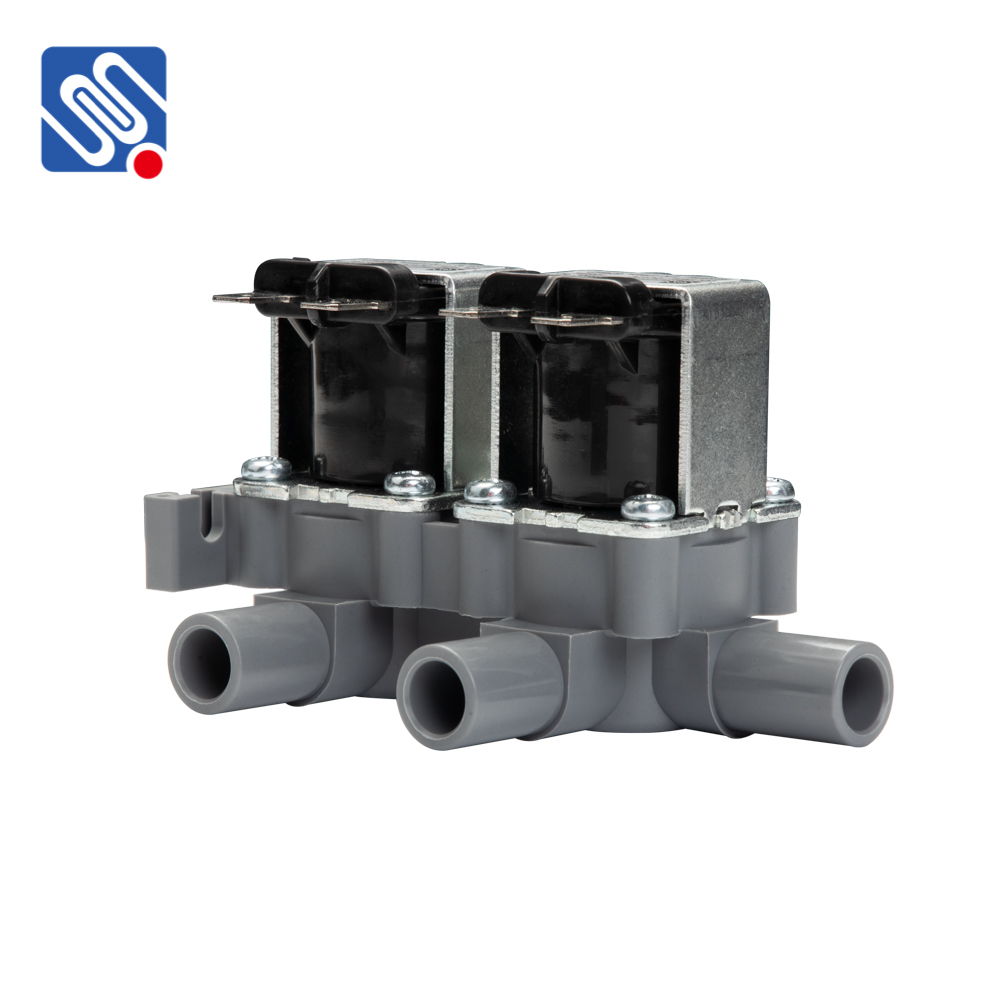A one way solenoid valve is a type of valve that allows the flow of fluid or gas in only one direction. Its primary purpose is to prevent backflow, ensuring that systems remain safe and efficient. This type of valve is commonly used in a variety of industrial, commercial, and household applications, from fluid control in machinery to air and water treatment systems. In this article, we will explore the construction, functionality, advantages, and typical uses of the one way solenoid valve.

Construction and Working Principle A one way solenoid valve consists of a few essential components, including the solenoid coil, plunger, spring, and valve seat. The solenoid coil is an electromagnet that generates a magnetic field when energized by an electric current. This magnetic field activates the plunger, a movable part that controls the valve’s opening and closing. When the solenoid coil is energized, the plunger moves, allowing fluid to flow through the valve in one direction. Once the solenoid is de-energized, the spring forces the plunger back to its original position, sealing the valve and preventing any reverse flow. This design ensures that fluid only flows in the desired direction, preventing any potential damage or inefficiencies caused by backflow.